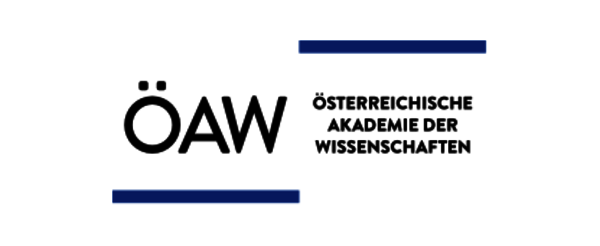Current Projects
Bioenergy and its Role in Integrated Assessment Models - a Forest Bioenergy Update
The use of bioenergy at the moment is already controversial as the science suggests that many applications-particularly in the substitution of fossil fuels by forest biomass– have the perverse effects of exacerbating global warming (see https://doi.org/10.1111/gcbb.12643) in contrast to the mitigating effect of other renewable technologies. Despite this, the role of bioenergy with or without carbon capture and storage, is envisaged to increase in the EU and other countries‘ net zero climate change strategies. Underpinning these future plans for expansion are the findings of IntegratedAssessment Models (IAM) that are used by national governments and intergovernmental organizations such as IEA and IPCC to model the interconnected complex systems spanning the climate, environment, human systems, and alternative policy options. The IAMs allow modelers to explore successive future states and the possible effects of different policies, and identify unexpected side-effects, trade-offs and co-benefits. They provide guidance to policymakers on possible answers to the two main types of questions asked are “what would happen if…?” and “how could we get to…?”.
Model outputs depend on the assumptions made and data available, and they come with significant caveats; nevertheless they are in a position of considerable authority regarding future climate policy and, based on their inclusion of bioenergy in future scenarios, already billions of euros are being sought to support large scale projects involving Bioenergy and Carbon Capture and Storage (otherwise known as BECCS). EASAC thus considered it an urgent priority to establish why many scenarios to meet Paris agreement targets depended so much on BECCS, and whether the internal assumptions in models fully reflected the more recent work on proper carbon accounting, rejection of the oversimplified assumptions of carbon neutrality, and incorporating the possible long payback periods for biomass taken from forests.
This report has identified several areas that create bias towards BECCS relative to accelerated mitigation measures and other technologies for carbon dioxide removal from the atmosphere, and cautions against policymakers supporting large projects until these model issues have been resolved. The report is scheduled for release later in February 2022.
back to overview





























